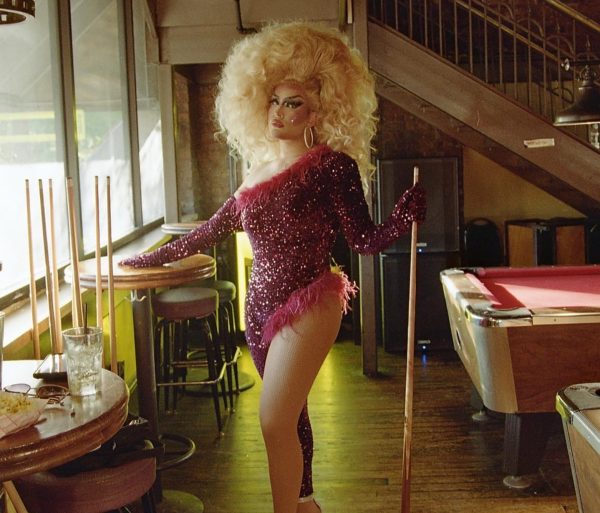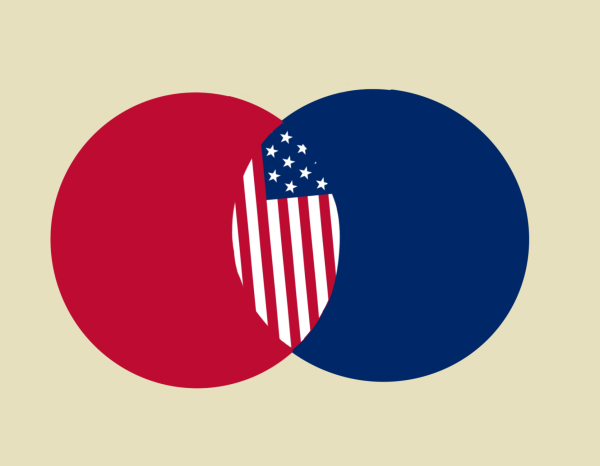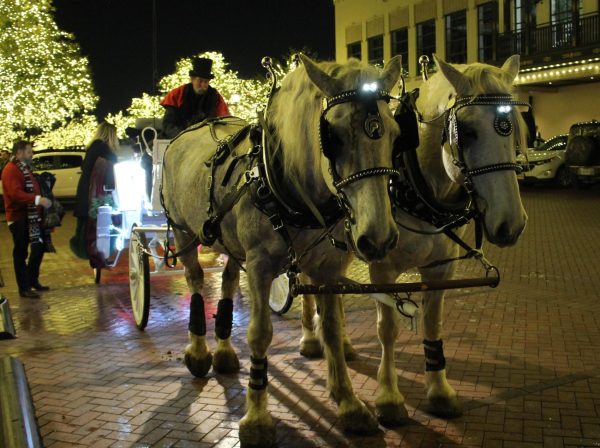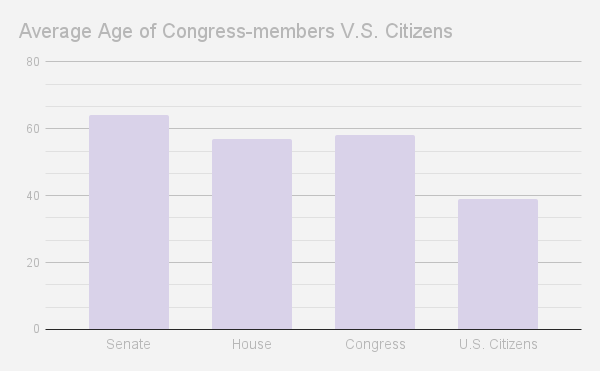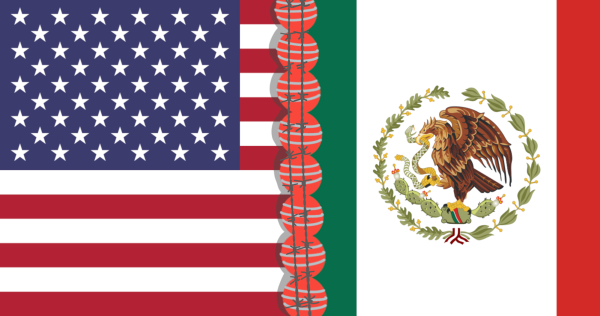Christmas tree-bate
How real and fake trees compare
Real and fake Christmas trees both have their perks, and deciding which one is the better choice is a common argument for families as the holidays approach. Many people consider factors such as looks, scents, price and environmental benefits when they choose their trees.
Real and fake trees are neck-and-neck when it comes to beauty. Both types of trees can range from incredibly ugly to incredibly gorgeous, but the price is also a factor. High prices usually mean better quality, but what is quality when it comes to each kind of tree? With real trees, it is the tree’s freshness, size and fullness. With fake trees, price reflects the tree’s size and beauty, but also its durability.
“We bought a fake tree and we use it every year,” freshman Maren Hamilton said.
Both real and fake trees can be cost-efficient, but it all depends on what the consumer wants from their tree. A durable, long-lasting fake tree usually starts at around $200 and can last for around five years, but real trees can be found as cheap as $30 at certain farms.
Real trees hands-down win when it comes to scent. If a person wants their home to smell like Christmas, a real tree is certainly the way to go. Their bright green branches and fresh scent brightens the mood and can put practically anyone in the Christmas spirit.
“I prefer the feel of real branches compared to [the] plastic material, and I also enjoy the smell of real trees,” freshman Susan Richey said.
When it comes to which type of tree is more environmentally-friendly, the line becomes a bit fuzzy. Fake trees could be considered better because fewer trees are being cut down and the same product is being reused for years. However, most fake trees are made in factories overseas with petroleum-based products, and when its user disposes of it, it will most likely end up in a landfill.
Most real Christmas trees are farmed and still take carbon dioxide out of the air, and they are biodegradable and can be shredded to be used as mulch when the Christmas season is over. With that being said, unless they are grown organically, they are covered in pesticides and can be harmful to many organisms including people and household pets. However, it seems that a real tree would still be the way to go when looking at environmental factors.
What type of tree is truly best is dependent on the consumer’s wants and needs for their tree. No specific type is the end all be all, and people will have to make their decisions for years to come.






